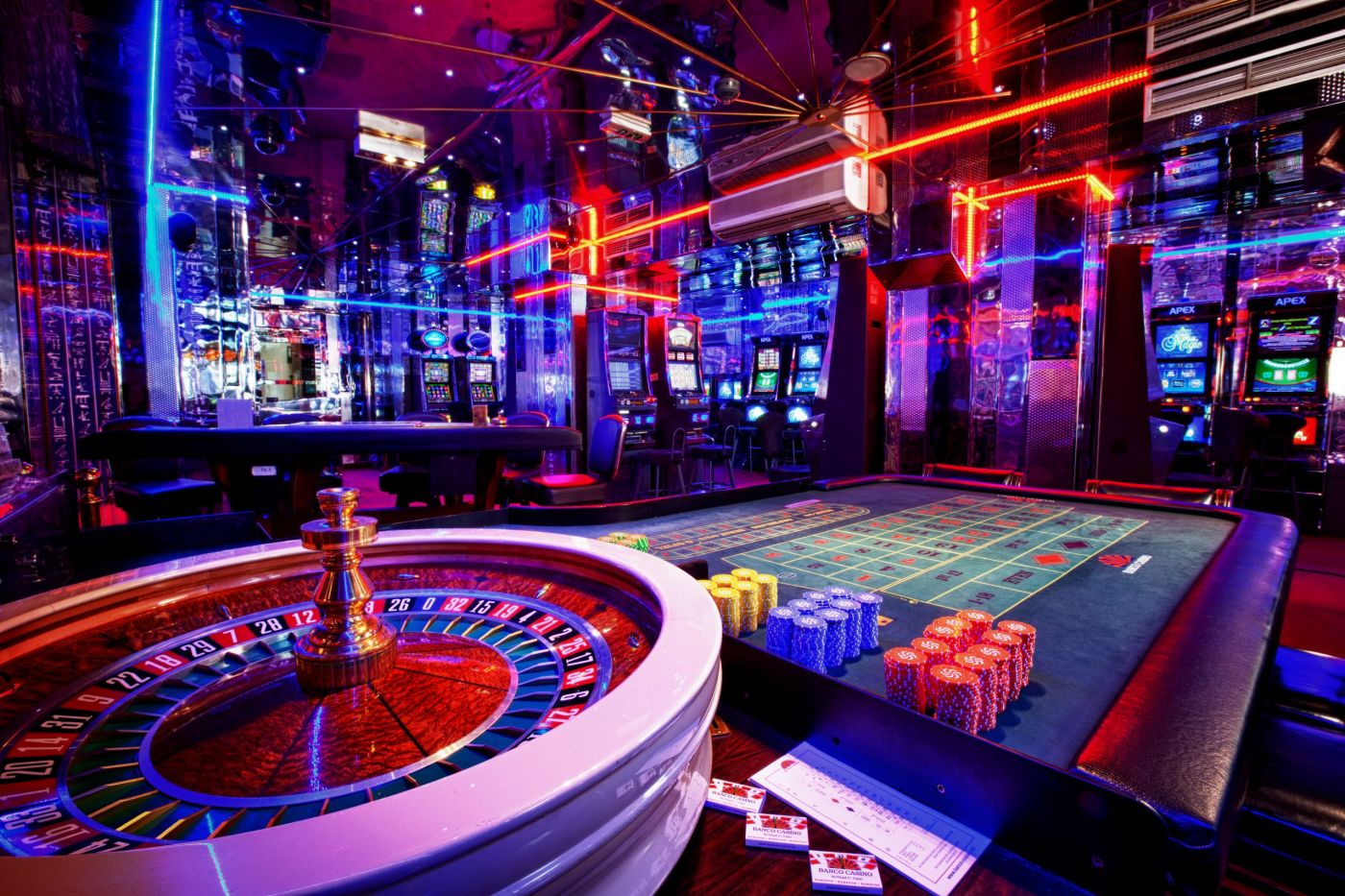Casino Culture: A Deep Dive into Slot Gambling Rituals

This realm of casinos has consistently been a captivating domain, drawing in millions of gamblers with the appeal of winning big and the thrill of chance. Among the many types of games offered, slot machines stands out as a cornerstone of this vibrant culture. With their bright lights, captivating sounds, and vivid themes, slot machines offer not just a game, but an experience that captivates the minds of participants from every background.
At the core of slot gambling lies a collection of fascinating rituals and beliefs. From the manner gamblers approach a slot machine to the specific rituals they adopt when placing their wagers, these practices often speak to the deeper mental and cultural underpinnings of gambling. As we explore slot gambling, we will delve into the distinct customs that have emerged around these machines, showcasing how they shape the interaction and affect the outcomes for those who dare to press the lever or press the button.
Historical Evolution of Slot Machines
The journey of slot machines began in the late 19th century with the creation of the Liberty Bell in 1895 by Charles Fey. The simple machine included three spinning reels and 5 symbols: hearts. Players would drop a coin into this machine, pull a lever, and hope for a winning combination. This Liberty Bell laid the foundation for future slot machines, captivating the public’s interest in gambling through this innovative form of entertainment.
With the passage of the 20th century, the popularity of slot machines surged, particularly during the Prohibition era when traditional gambling was restricted. In response to this demand, manufacturers started creating more intricate and appealing designs, introducing features like automatic payouts and themed machines. The launch of electromechanical slots in the 1960s revolutionized the industry, allowing for varied gameplay and the inclusion of multiple paylines, which enhanced the excitement and potential winnings for players.
By the 1980s, video slot machines appeared, replacing traditional mechanical designs with digital screens and animated graphics. This technological advancement attracted a younger audience and resulted in the development of themed slots based on popular culture, movies, and television shows. This evolution progressed into the 21st century with the advent of online casinos, allowing players to enjoy slot gambling from the comfort of their homes. As a result, the slot machine has transformed into a global phenomenon, blending tradition and innovation in an ever-evolving landscape.
Psychological Aspects Behind Machine Gaming
The appeal of slot gambling appeals into deep psychological needs that drive players to engage with these machines repeatedly. A key aspect is the element of chance and the unpredictability it offers. The possibility of a big win can create an exhilarating rush for players, stimulating the brain’s reward system in a manner to how different addictive behaviors function. This unpredictability holds players on the edge of their seats, fostering a sense of excitement that can lead them to invest more time and money in pursuit of that hard-to-reach jackpot.
Moreover, important psychological factor is the idea of near misses. Research has demonstrated that coming close to winning, such as landing two out of three matching symbols, often motivates players to continue gambling. This near miss effect can generate a false sense of hope and promotes further play, as individuals believe that they are nearer to a win than they might actually be. Slot machines are crafted to exploit this behavior, making it an integral part of their attraction and reinforcing the cycle of gambling. olxtoto resmi
Furthermore, the social aspect of slot gambling cannot be ignored. Many players value the communal experience of being in a casino setting, where they can experience excitement and fellowship with others. This social reinforcement can amplify emotional reactions, making wins feel even more meaningful and losses less impactful. The interplay of individual psychology and the shared experience of others contributes to the vibrant culture enveloping slot gambling, attracting participants who may otherwise hesitate to engage in this form of gaming.
Cultural Practices and Superstitions
Slot gambling is not just about luck and fortune; it is intertwined with various cultural rituals and beliefs that enhance the gaming experience for many players. Across different regions, gamblers often adopt particular behaviors believed to influence their fortunes. From the way players approach the slot machine to the timing of their bets, these practices reflect strongly held beliefs in chance and fate. For example, some players may choose to step into the casino with a specific foot initially or tap the machine three times before gambling, all in hopes of attracting good fortune.
In addition to personal customs, communal beliefs also play a significant role in the slot gambling scene. Many players share common beliefs about lucky machines or periods to gamble. For instance, players often gravitate toward slots that have lately paid out, convinced that they hold residual fortune for the next player. This phenomenon is amplified in busy gaming halls where word of mouth can spread tales of particularly fortunate machines, creating a community dynamic that influences where gamblers choose to spend their hours and money.
Lastly, icons of luck are prevalent in the world of slot gambling, with many players carrying tokens or amulets believed to bring prosperity. Items like lucky coins, crystals, or even photographs of loved ones may take on a role of significance in the gambler’s strategy. These items not only serve as personal talismans but also as a means of creating a deeper connection to the gambling experience itself. In this way, slot betting transcends mere entertainment; it becomes a cultural tapestry woven with shared ideologies and rituals that provide a feeling of hope and togetherness among players.
